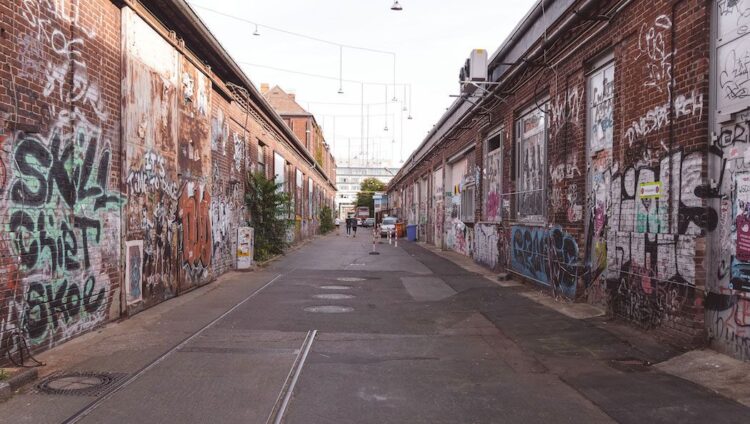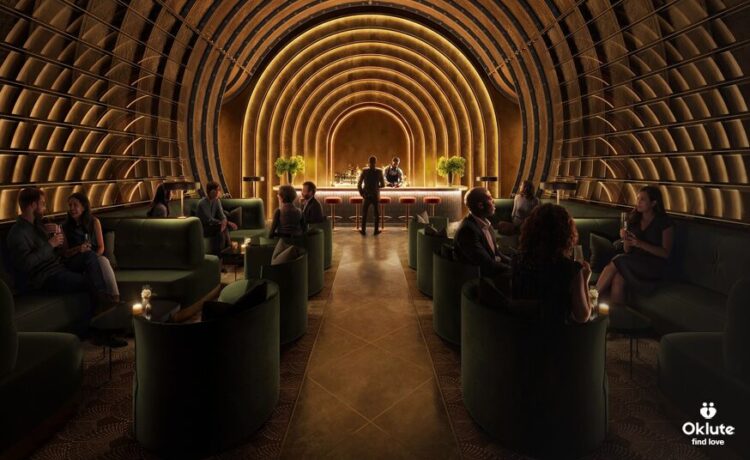Some nights out are planned weeks ahead, with online ticket confirmations and carefully picked outfits. Others begin with a whisper: a friend leaning in and saying, “I know a place.” The clubs you never see advertised, the ones hidden down staircases or behind unmarked doors, exist in nearly every big city. They don’t thrive on publicity. Instead, they survive on word of mouth and the magic of being shared only among those who are “in the know.”
For people searching for underground clubs you only hear about through friends of friends, the answer isn’t about finding a public directory. It’s about understanding the culture of secrecy, trust, and community that keeps these places alive.
Why These Clubs Stay Hidden
Underground clubs are not just about music. They are about intimacy and exclusivity, giving people the sense of being part of something not everyone can touch. For organizers, staying under the radar also avoids unwanted attention-be it from landlords, local authorities, or large crowds that might dilute the vibe.
Often, entry is by invitation, or you’ll need to know a friend who has been before. It’s not unusual for the exact address to be sent just hours before the night starts, ensuring the crowd remains small, trusted, and respectful.
London’s Secret After-Hours World
London is one of the great homes of underground nightlife. Beyond its world-famous clubs, there’s an entire shadow circuit of after-hours basements, converted warehouses, and invite-only loft parties. The music is eclectic: deep house, minimal techno, grime, or even experimental jazz.
Some visitors discover these scenes in unusual ways. For instance, it’s not rare to meet someone while exploring other sides of the city’s nightlife-like when people seek out company through London escorts who know the pulse of hidden gatherings. That’s how information about the city’s most private venues often spreads: through casual conversations with those who have insider knowledge.
The unspoken rule in London’s underground scene is simple: respect the space. No flashing phones, no reckless behavior, and no betraying the location online.
Berlin’s Legacy of Hidden Spaces
Berlin has long been considered a capital of underground culture. After the fall of the Wall, abandoned buildings and power plants became canvases for new nightlife experiments. Many of those roots still survive in today’s clubbing culture.
In Berlin, some of the most respected underground clubs don’t even have signs outside. You just find a door, maybe a line of people waiting quietly, and a heavy bass humming through the walls. Inside, there’s a raw freedom that explains why the city attracts clubbers from across the world.
The secrecy isn’t just a gimmick-it preserves the feeling that you’re entering a parallel reality. Here, music dictates time, and you often forget the difference between night and morning.
New York’s Basement Energy

In New York, underground clubs have a different flavor. The city’s rental prices and regulations make it harder for unlicensed spaces to survive, but creativity always finds a way. Warehouse raves in Brooklyn, hidden lounges in Chinatown, and pop-up parties in Queens make up the heartbeat of New York’s “through friends of friends” nightlife.
What separates New York is its diversity. You might find a night where electronic beats share the same lineup with live percussion or even spoken word. These clubs are not just about dancing but about testing art in real time.
The Code of Silence and Community
Part of the charm of these spaces is that they are not for everyone. If you share a location on social media, you might find yourself uninvited the next time. The unspoken agreement among attendees is to keep it quiet, respect the organizers, and treat the environment as more than just another place to drink.
That’s why entry often comes through a friend of a friend. The chain of trust ensures that everyone in the room contributes to the same atmosphere, rather than diluting it.
How the Scene Thrives in Asia
In recent years, Asia has developed its own underground club culture. Cities like Bangkok, Seoul, and Delhi have growing networks of hidden events. Delhi in particular has seen a rise in semi-private gatherings, mixing traditional spaces with modern electronic soundscapes.
Some of the word-of-mouth buzz travels through unconventional circles-people meeting at social hangouts or connecting with nightlife insiders. It’s not rare to hear about intimate gatherings through individuals who are part of different nightlife networks, even through people in companionship services like Delhi escorts who often have connections with the after-hours crowd. Here too, discretion is everything, and the best parties feel like they exist outside the rules of the city.
Why People Crave the Hidden

So why do people go through all this trouble, waiting on last-minute texts and trusting vague directions to abandoned warehouses? The answer is simple: authenticity. Unlike polished mainstream venues, underground clubs feel raw, alive, and unpredictable.
- They provide freedom without judgment.
- They create genuine connections among strangers.
- They let music take center stage, unshaped by commercial demand.
In a world where every event seems to be branded, sponsored, and photographed, stepping into an underground club feels like entering a rare space untouched by the outside world.
Final Thoughts
Underground clubs you only hear about through friends of friends are not about convenience-they are about connection, trust, and the thrill of the unknown. Whether it’s a basement in London, a power plant in Berlin, or a rooftop in Delhi, these spaces live off their secrecy.
The moment you enter one, you know why they stay hidden. It’s not about exclusion. It’s about preserving a fragile, beautiful atmosphere that only survives when shared carefully, like a secret whispered in the right ear.









